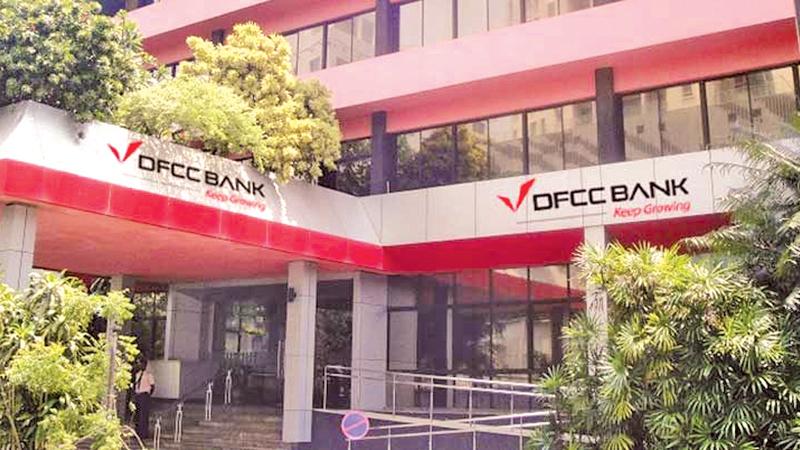
The DFCC Bank is fulfilling the role of a development bank providing services to a large number of entrepreneurs to help them blossom. The bank has pioneered many initiatives in supporting the local business community, Director/Chief Executive Officer, DFCC Bank, Lakshman Silva said.
However, Sri Lanka’s banking industry needs to be consolidated and the moves taken by the Central Bank in this regard are important, he said in an interview with the Business Observer.
Excerpts:
DFCC Bank until 2015 was one of the oldest development banks in Asia. The uniqueness of the bank is that we have been the pioneering bank which provided facilities to customers to launch new ventures without considering the risk levels.
 Director/ Chief Executive Officer, DFCC Bank, Lakshman Silva |
We have helped many entrepreneurs and pioneered projects on tea, rubber, coconut and affiliated industries.
We have helped customers to set up solar, hydro and wind power and other energy projects.
In the services sector, we pioneered in reaching out to education, healthcare and hospitality industries. As a result of these efforts, the World Bank, the Asian Development Bank, KFW in Germany, JBIC in Japan and other international lending agencies use DFCC to transfer funding to end users in Sri Lanka.
For over six decades, DFCC is known to be a successful development bank.
Since 2015, with the amalgamation of DFCC Vardhana Bank, we are known as a dynamic commercial bank. Although we have moved into commercial banking, we continue to support industrialists and entrepreneurs with new ideas and creations.
We plan to engage with the younger generation stepping into society with a big responsibilities after completing their higher education. Our belief is that we need to move the bank into a digital environment. We believe in introducing disruptive innovations that will make it easy to do banking for all classes of people.
DFCC was the first commercial bank to launch the Virtual Wallet which provides greater access, flexibility and quick transactions. We were also the first to launch the virtual credit card which has a chip and pay the wave for industry and commercial enterprises.
We have also introduced a cash management system - DFCC iconnect. It helps decision-makers to execute and authorise payments while on the move, avoiding the hassle of being confined to their office.
We feel that attracting foreign remittances to Sri Lanka is vital for economic growth. As expatriates need to spend a fair amount of money to remit funds to Sri Lanka, DFCC launched a remittance scheme - Lanka Money Transfer, which helps Sri Lankans living abroad to remit their earnings online, real time and at a reasonable cost.
We have also introduced a mobile application for our Premier clients to do mobile banking without visiting the bank premises.
Through such technological innovations, the bank could become one of the leading commercial banks in the country.
As there are too many banks in Sri Lanka, the Central Bank has introduced many regulations for the banks to adhere to, such as minimum capital. These requirements will push the smaller banks to consolidate with bigger banks. Through this, the scale of operations will go up, cost of operations will come down and cost involved in technological operations will reduce.
The return generated through such innovation will be high, return on assets and return on equity will increase. The bank can then attract more shareholders and investments will flourish.
Sri Lanka’s banking sector has been lucky to not lose a lot of money through unauthorised transactions because the technological advancement of the banking industry is far superior to what has been adopted by other South Asian countries.
However, we should not be complacent.
In this technologically advanced era, Sri Lanka’s banking sector has to upgrade itself technologically to face new challenges.
I believe that most banks have taken precautionary measures to protect themselves from intruders. We upgrade our IT infrastructure with protective devices on a daily basis.
